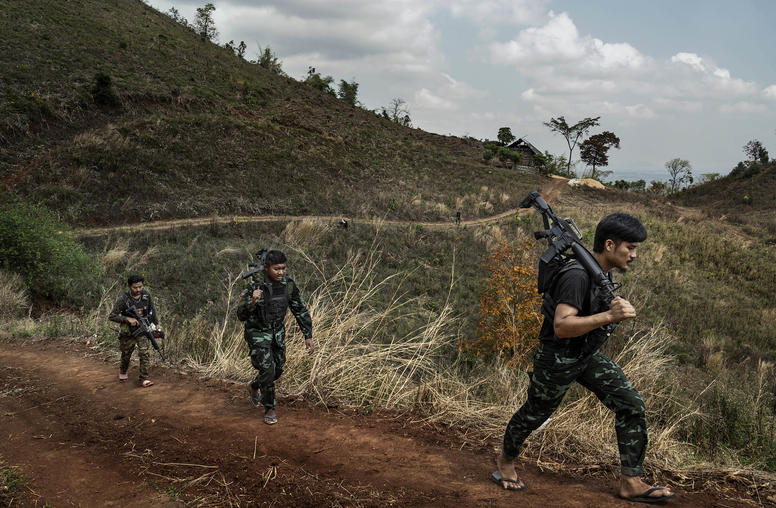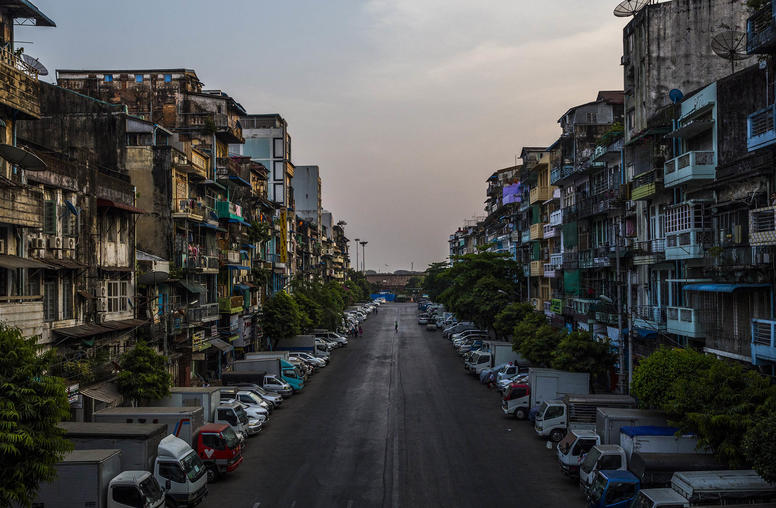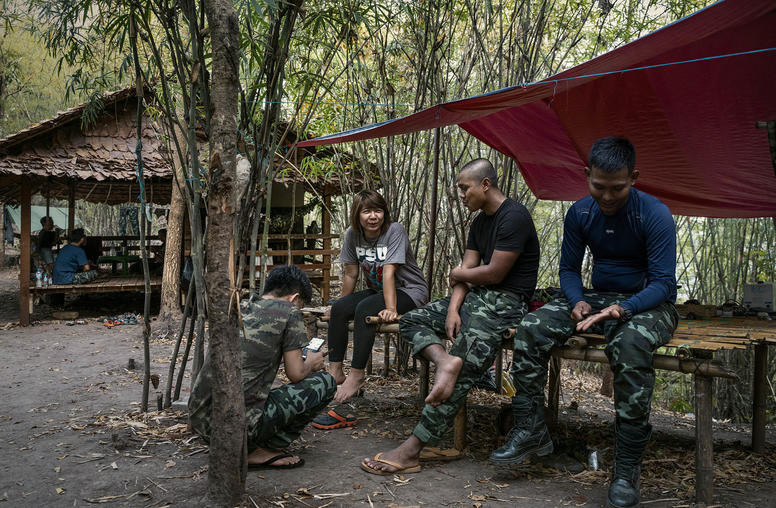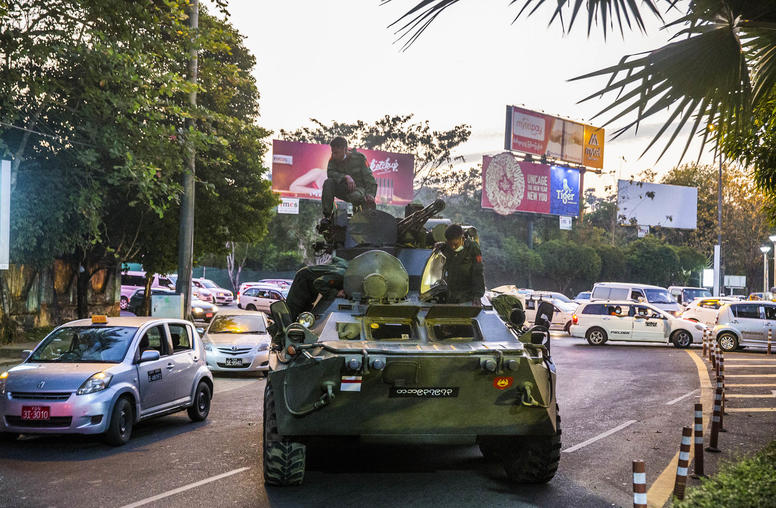The Conflict Resource Economy and Pathways to Peace in Burma
Burma’s natural resource economy is inextricably tied to the ongoing armed conflict within the country. Questions of who has what ownership rights over what resources and how these resources can be more equitably shared with the wider population loom large. This report focuses on Burma’s resource-rich ethnic states and territories near the borders with China and Thailand and suggests that a more robust, accountable, and equitable system for managing the country’s resource wealth can help lay down the pathways to peace.
Summary
Burma’s resource economy has long been defined by armed conflict dynamics. This is still very much the case. Burma’s state and nonstate armed actors have directly or indirectly financed their leaders and insurgent (or counterinsurgent) activities through revenue generated from the extraction, production, taxation, and trade in natural resources such as jade, timber, illicit drugs, and agricultural products.
More recently, successive governments have pushed to open the Burmese economy to broader participation, focusing in particular on procuring large-scale foreign investment. Since 2012, the Union Parliament has passed a range of laws and policies to support a revival of the nation’s resource-based economy. Complementary to these reforms, the national government and the military (Tatmadaw) have been spearheading a national peace process to end the country’s nearly seven-decade armed political conflict. But some prominent armed groups in the China borderlands have so far abstained from partaking in the peace process, in part a result of the unresolved politics behind Burma’s conflict resource economy.
Burma’s conflict resource economy dates back to its independence, when the political exclusion of certain ethnic groups led to the spread of ethno-nationalist insurgencies across the country in the 1950s. The rise of the illicit poppy economy during the Cold War transformed the nature of these conflicts. In the late 1980s, as the Cold War came to a close, some ethnic armed organizations (EAOs) signed ceasefires with the Tatmadaw. Yet these ceasefires never resulted in political dialogue or any settlements on resource governance and benefit sharing with the military-led government. Instead, the state militarized, and EAO, Tatmadaw, and paramilitary leaders looted a range of natural resources to generate revenue and gain state patronage, with counterinsurgent outcomes.
This decade has seen the advent of a national peace process and the signing of a Nationwide Ceasefire Agreement with many EAOs. Despite this progress, the land and resource sectors and their reform have received minimal attention in ongoing peace dialogues. As a result, core political questions—who has use and management rights over Burma’s natural resources, and how will the revenues from their exploitation be distributed and for what purposes—remain unresolved and therefore continue to fuel armed conflict. Yet with a concerted effort backed by strong political will, Burma’s conflict resource economy can be overhauled and replaced by a more robust, accountable, and equitable system that can help lay down the pathways to peace.
About the Report
This report examines Burma’s conflict resource economy in the areas along its borders with China and Thailand, focusing on the relationships between extractive and productive resources, armed conflict, and the peace process. Data and analysis are based on the author’s previously conducted interviews, focus group discussions, workshops, and research, complemented by an extensive literature review. The report is supported by the Asia Center at USIP.
About the Authors
Kevin M. Woods is a political ecologist and human geographer who specializes in land and natural resource management and its governance reform in ethnic conflict areas. Currently an adjunct fellow at the East-West Center in Honolulu, he has more than fifteen years of applied research and policy work experience in Burma.



